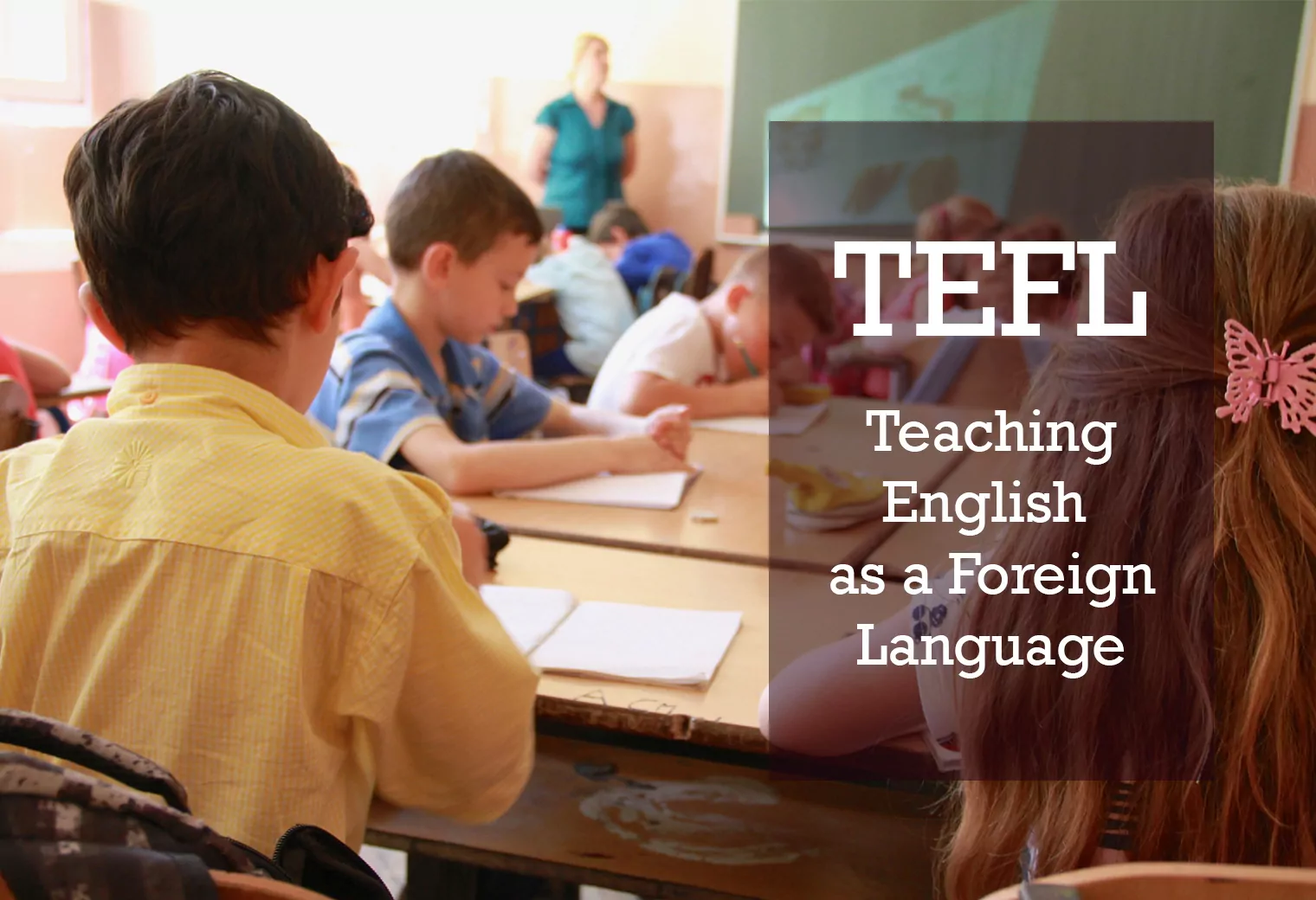It can sometimes be difficult to find an activity for your students when they are learning a different language. When planning lessons for my English as a Second Language (ESL) students I look for fun and engaging activities that also provide opportunities for my students to practice their speaking, listening, and writing skills. Here are 10 of the activities I have found to be most useful in the ESL classroom that you should definitely try out!
1. Around the World
This game is a great way to get your students moving around and reviewing content. In this game you sit your students in a circle and choose one student to be ‘it’. The player is given a question to respond to using vocabulary recently covered in class. If the student answers correctly they switch seats with the person on their left and is given another question. Otherwise the student on the left becomes ‘it’ and is given the next question. Whenever a student makes it back to their original seat they win the game.
For more energetic classes you may even want to play the game standing up and give students points whenever they move, ending the game by counting each student’s points to see who wins. I like to give my winners a small prize like a piece of hard candy or a sticker.
2. Race to the Board
For this activity you will need a whiteboard or chalkboard, and either markers or chalk of different colors. Divide your class into two groups and draw a line on the board, splitting it in two. Have the teams line up around 10 feet away from the board and give the players closest to the board two different colored markers. At the count of three give your students a category, such as foods or pieces of clothing, and then have them race to the board to write down as many words that fall into the category in 20 or so seconds. Whichever team has more legible words written down, and spelled correctly, wins a point. The game ends when every team member has participated once. This is another activity that gets students up and moving around while practicing vocabulary and writing.
3. Pop It, Do It
This is a perfect activity if you’re looking for something to get your students out of their shells and acting silly, although your students may need more advanced vocabulary for this one. Write down fourty or so goofy dares like “I dare you to try to lick your elbow” or “I dare you to stand on one foot” on folded scraps of paper. Place them in balloons, blow them up, and then scatter the balloons around the room. Once you start have the students pop the balloons and perform the dares for you at the front of the room. Whenever a student performs the dare correctly give them a point and direct them to find another balloon. Once all the balloons have been popped tally up points to declare a winner.
4. Telephone
This activity involves cooperation among your students rather than competition. Put your students in a circle and whisper a secret message in English to one of the students relating to content your class has recently covered. That student will then whisper the message to the student on their left but they can only whisper the message once. This continues around the circle in a clockwise direction until the message returns to the original student. The message often gets misconstrued and jumbled as it travels around, making it very important for your students to pronounce the message correctly. You can even go back through the students, asking them what they thought the message was to see where the original message was altered. Once the students understand the game let them create their own secret messages to send around the room.
5. Knock Out
Inspired by the basketball game of the same name, knock out gets your students to go head-to-head until only one student remains standing. Take the class and split them into two lines, similar to the board race activity. The two students at the front of the lines begin the game when you hold up a card with a sentence on it. While you could make the sentence something like a simple question for the students to respond to, you could also have the students race to identify the preposition or subject and verb of the sentence. I typically ask my students to raise their hands to respond, and the student with their hand up fastest gets to answer first. Whenever a student answers the question correctly they get to go to the back of the line while the other student remains at the front of their line to move on to the next card. If both students are incorrect they are given a new sentence and try again. If a student loses two matches in a row they are knocked out and must return to their seat. Eventually you will get down to two students remaining; to win a student must answer two questions correctly in a row.
6. How’s Yours?
In this activity you will choose one student to be ‘it’ and stand outside of the room. Have your class choose a noun from your vocabulary list. When the student comes in they will go through each student asking, “hows yous?” To which your students will reply with three words relating to the chosen noun. For example, if the class chooses table they may say, “mine is round, short, and wooden.” After all students have responded the ‘it’ student tries to guess what the chosen word was. If the student is correct give them a small prize and then choose a new student to be ‘it’ and repeat the process. This activity is good for getting your students to think about words in new ways and make connections they may not have made before.
7. Two Truths and a Lie
Two truths and a lie is a great icebreaker activity to do with a mid-level group of students on the first day that you meet them. Write down two truths and one lie about yourself on the board. When you introduce yourself tell your students that one of the statements on the board isn’t true. Let your students vote on which they think is the lie and then reveal your lie. Afterwards ask your students to write their own two truths and a lie. Make sure to let them know that it’s okay to write down simple things like their favorite color or the number of siblings they have. Go through each student, asking them to tell you their name and their two truths and a lie, then guess the lie. You can learn many things about your students in this way that would usually take weeks to find out.
8. Tweet Away
Tweets have become a cornerstone of American teenage culture, but that doesn’t mean that your ESL students can’t participate as well! Have the students keep a daily tweet journal in which each class they tweet about something that’s on their mind along with a hashtag created specifically for your classroom. You can then ask them to reply to each other’s tweets, promoting community building in the classroom. I usually reply to at least one post made by each student every week as well.
9. Pictionary
You will need a chalkboard or whiteboard for this game since the traditional board game is a little too small for a classroom of students. Split the class into two groups and then split the board into two. Have one student from each team come up and give them a word. They must draw a picture on the board while their teams race to figure out what word was given. Once a team gets the right word they get the point. The game is over once every team member has had a chance to draw or you run out of words to use. This game is always a great way to review old words while also hitting on recently acquired vocabulary.
10. Read, Write, Pass
This last activity will require students with a high English proficiency. Begin by telling the students that they will be writing a story together. Have them write a sentence on a loose sheet of paper that begins with, “Once upon a time…” and then put their writing utensil down once they finish. Then play some music and have the student walk around the room, trading papers until you choose to stop playing music. Then the students need to add another sentence to their new stories. Encourage the students to be silly with the stories and have fun while practicing their reading and writing skills.
Conclusion:
Regardless of age or skill level your students will always need engaging activities to apply the language skills they are learning in the classroom. The next time you are planning your lessons I encourage you to incorporate these games and activities into your instruction; you may be surprised by how happy your students will be while also increasing their confidence in understanding the English language.





